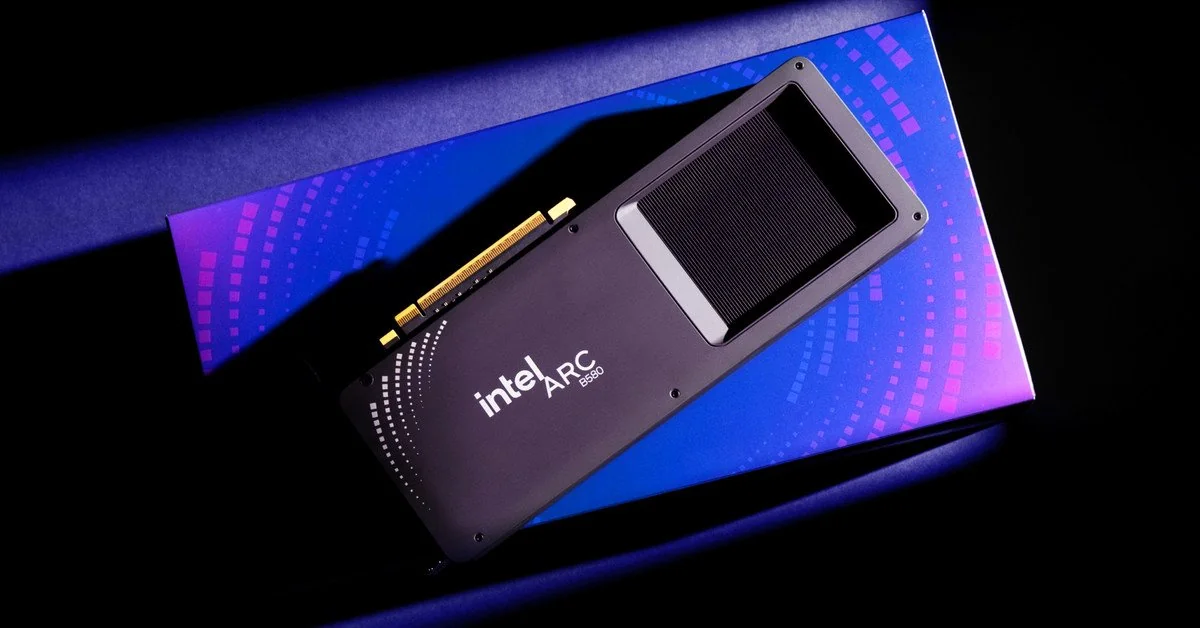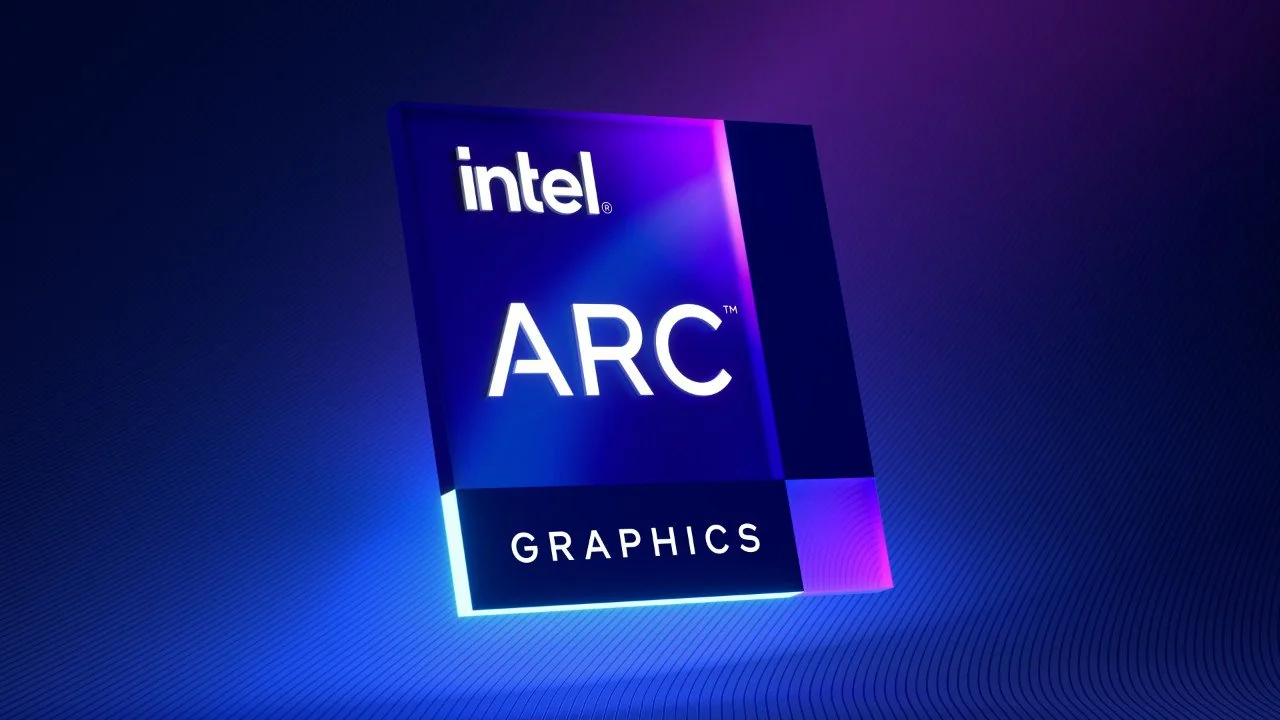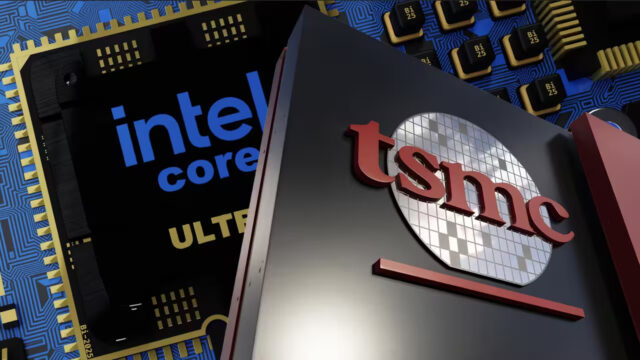Technology giant Intel’s entry into the graphics card market, particularly with its budget-friendly models, has been hailed by users. However, the company’s announcement of its new Panther Lake processors has raised new questions rather than providing a clear roadmap for the future of graphics cards. The industry is eager to see whether the company will maintain its presence in this space and how its relationship with NVIDIA will impact this market.
Along with its Panther Lake processors, Intel introduced updates to its XeSS upgrade technology and its new Xe3 graphics architecture, part of the Arc B-Series (Battlemage) umbrella. The company promises that this new architecture will deliver better performance with lower power consumption compared to the previous-generation Arrow Lake H-series. The 12Xe core variants, in particular, are expected to deliver significantly higher frame rates in games.
The company confirmed that the next Arc family will be labeled Xe3P. This designation means the next series will not be called Xe4. It is not yet clear whether the rumored “Celestial” or C-series graphics cards will be included in this family. Intel’s head of architecture, graphics, and software, Tom Petersen, stated that Xe3P is a significant improvement over the current architecture, but he didn’t explain exactly what that means. Petersen also candidly admitted that past naming strategies haven’t been very successful.

Intel and NVIDIA Collaboration Raises Questions
Amidst all these technological developments, the biggest uncertainty stems from Intel’s relationship with NVIDIA. It’s known that the two giants are working on a new chip that will combine Intel processors with NVIDIA graphics. However, there’s no official statement regarding the details of this partnership or whether Intel will continue to produce discrete graphics cards under its own brand.
Intel executives also acknowledged that this partnership is still very new and that they are still working out all the details. Regarding potential chips that could be developed with NVIDIA, Tom Petersen said, “This is very new for us. We don’t have all the answers yet. We’re figuring everything out.” This suggests that Intel’s future in the graphics card market will remain uncertain, at least for some time.
So, what are your thoughts on Intel’s future in the graphics card market? Would it be better for the company to develop a product jointly with NVIDIA or to continue its own Arc series independently? We look forward to your comments.













